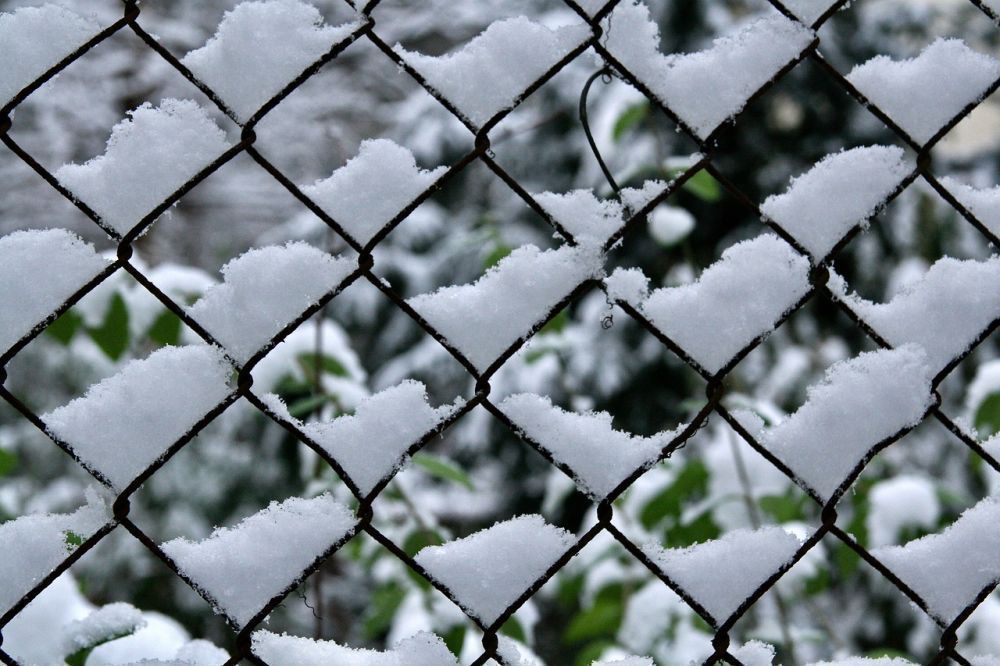
Why Are There No Holes In Metal Fences In Cold Climates?
In countries like Australia, South Africa and many in South America, it's common to have fence posts with holes drilled in them. wire and other materials are attached to posts using these holes.
However, in cold climates, fences with tubular steel posts don't have holes in them. Here's why.
Water Ingress
When you have holes in your fence posts, you will get water in your post. It happens when it rains, and it can't really be prevented.
Tubular fence posts in hot countries simply have a drainage hole near the bottom, so the water can get out of the posts, and there's no real problem. Water doesn't get trapped, so it can't do anything to the posts.
Freezing Water Expands
The problem with having holes in posts in cold climates is that water, unlike most things, does not contract when it gets cold. Instead, it expands.
If there is any water inside tubular posts when things start freezing, it will also block up any drainage hole, and that will cause more precipitation to get trapped inside the posts.
Cracked and Broken Posts
Even a small amount of water inside a tubular fence post in a cold climate can be hugely destructive.
Steel also becomes more brittle when it gets cold, so as the frozen water expands, it puts the fence post under pressure, and that eventually leads to cracked and broken posts. Which in turn means you have to remove and replace the post when the spring comes around again.
No Holes
The simplest solution to this problem is not to have any holes in your tubular fence posts. This is why fence systems in cold countries usually use caps and brackets instead of holes to attach wire and other fence features and fittings.
Alternatives inlcude using I beam or angle iron posts, but that's not common for low cost fence systems like chain link fence.

